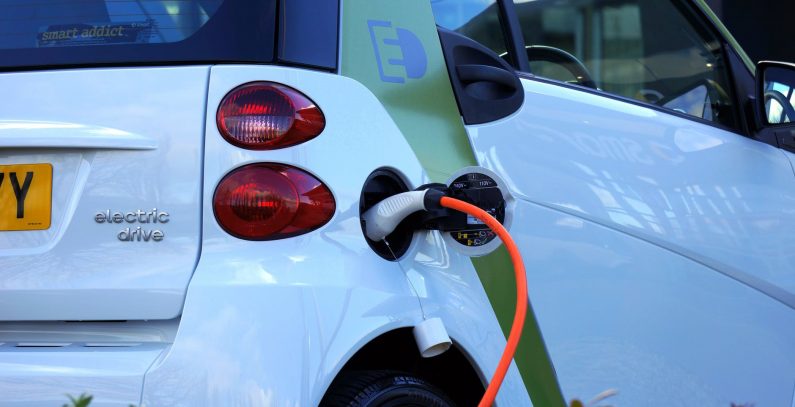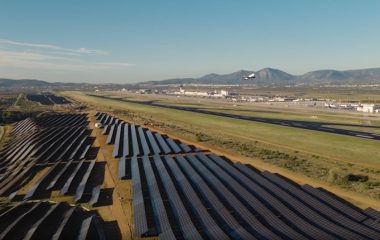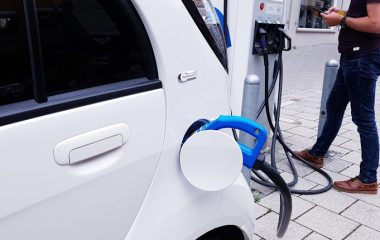
Photo: Pexels
Croatia’s Environmental Protection and Energy Efficiency Fund has closed its announcement it would co-finance the installation of electric vehicle (EV) charging stations in 2018, but certainly plans to invite applications for the incentives in 2018, energetika-net has been told at the fund.
“The announcement was aimed at getting feedback from interested applicants, as well as experts, so that the invitation could be additionally adjusted to the market if necessary. The invitation of applications is certainly planned for this year, as part of a comprehensive system of incentives for a sustainable transport system, financed from the sale of emission allowances,” unnamed representatives of the fund explained.
Croatia currently has around 230 EV charging stations.
The recent invitation to legal entities in the EU member state to apply for incentives for the purchase of EVs was closed after the fund received applications for 200% of the total budget for the incentives.
Earlier in 2018, the fund approved EUR 1.62 million in subsidies to individuals to buy 133 electric cars, one plug-in car, 224 electric bikes, and 56 electric motorcycles.
The EU is expected to have nearly 3 million EVs by 2020, alongside 4.1 million EV charging stations. By 2025, member states are to adopt rules requiring the installation of a minimum number of charging points for all non-residential buildings with more than 20 parking spaces, as well as at least one charging point for new and thoroughly renovated non-residential buildings with more than 10 parking spaces.
Elsewhere in the region, a major state project is being developed to expand Serbia’s network of EV charging stations, according to a recent statement by Miloš Petrović, director of the Center for Electric and Hybrid Vehicles (CEH-V), set up in cooperation with the University of Belgrade Faculty of Mechanical Engineering.
Serbia needs an estimated 150 EV charging stations, Petrović said. The EU candidate currently has only about 30 EV charging stations, five of which are fast charging stations along the highway routes, which can service up to three vehicles at a time, according to the center’s data.


















Be the first one to comment on this article.